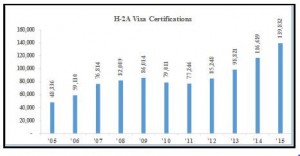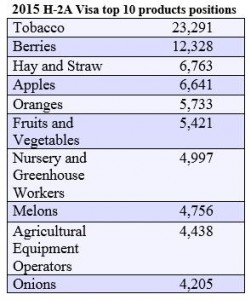Available and Off-Limits Offshore U.S. Oil and Natural Gas Resources
Despite the fact that the federal government has made it clear that all oil and natural gas drilling along the Atlantic coast is off limits, oil and natural gas companies are still going ahead with seismic surveys to see just how much oil is resting off of our eastern coast.
Close to 87 percent of all federally controlled offshore acreage are off-limits to offshore oil and natural gas development. If included in the federal government’s next five-year leasing program and lease sales beginning in 2018, exploratory drilling could start the following year with commercial production expected as early as 2023.
Opening the Atlantic Outer Continental Shelf, the Pacific Outer Continental Shelf and the Eastern Gulf of Mexico to offshore oil and natural gas development could have remarkable benefits. By 2035, this opportunity could:
- Create nearly 840,000 new jobs along coasts and across the country.
- Add about 3.5 million barrels of oil equivalent per day to domestic energy production.
- Generate more than $200 billion in cumulative revenue for the government.
- Lead to nearly $450 billion in new private sector spending.
- Contribute more than $70 billion per year to the U.S. economy.
Specifically, increasing access to offshore oil and natural gas resources in the Atlantic with an investment of an estimated $195 billion cumulative between 2017 and 2035, could by 2035:
- Produce an incremental 1.3 million barrels of oil equivalent per day (MMboe/d).
- Add nearly 280,000 jobs.
- Contribute up to $23.5 billion per year to the U.S. economy.
- Generate $51 billion in cumulative government revenue.
If seismic activity were to begin in 2017 and lease sales in 2018, first production could be expected as early as 2026.

